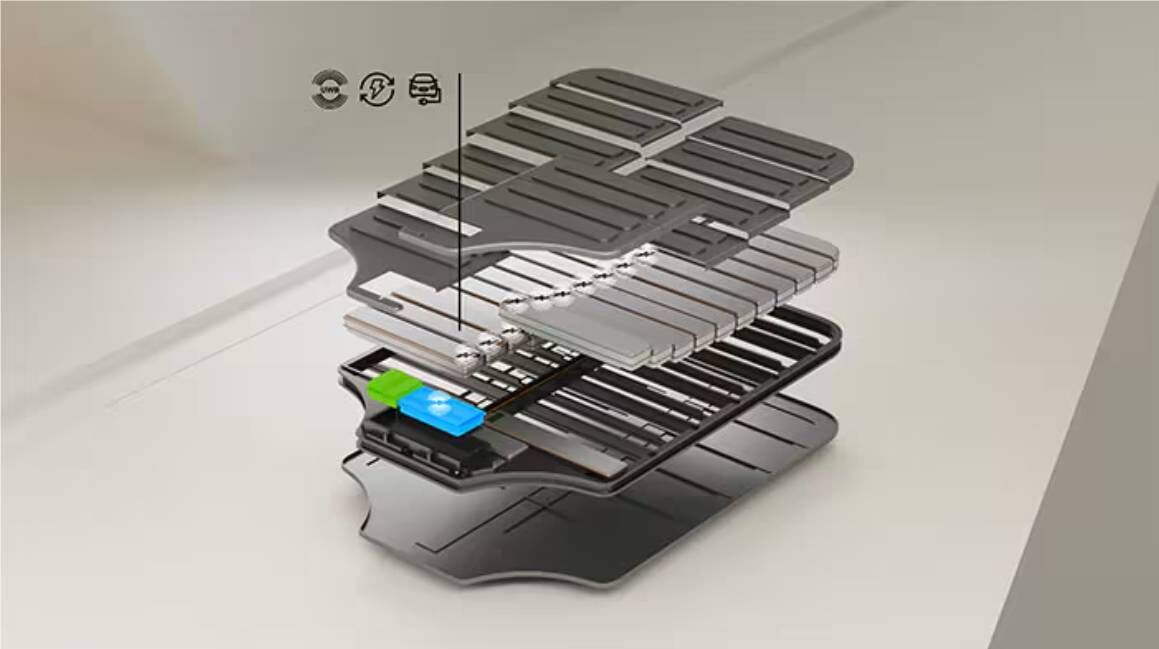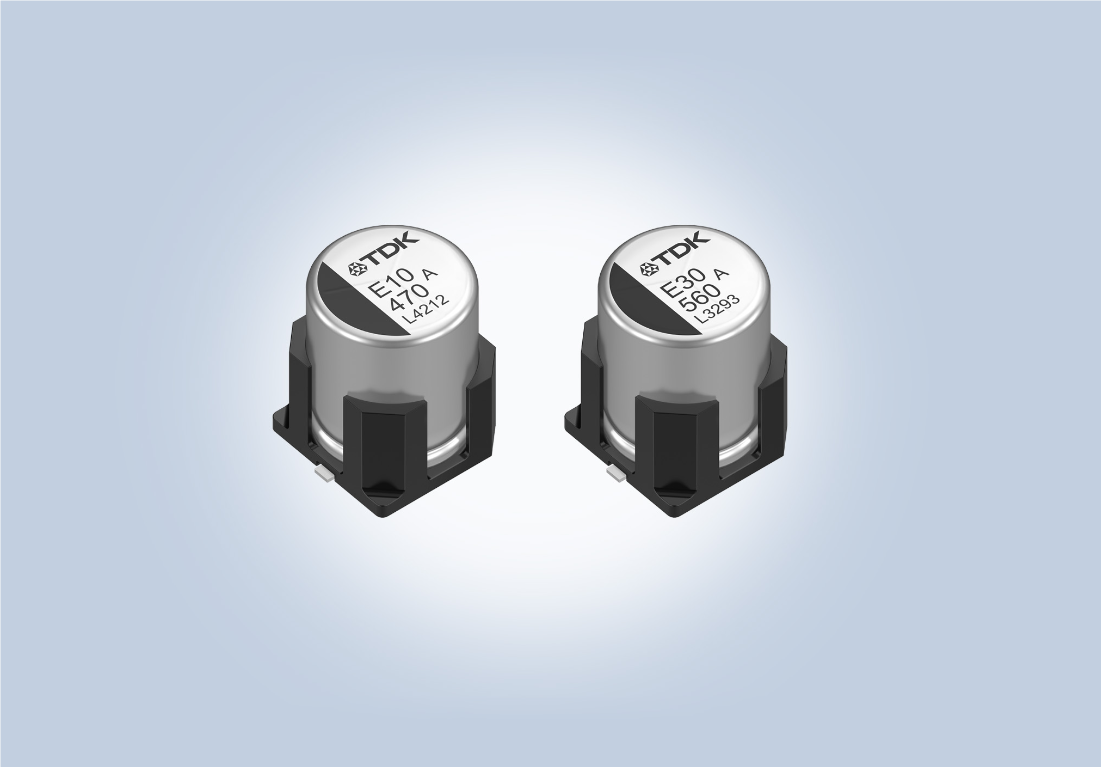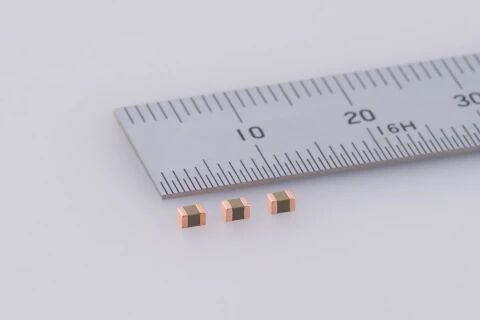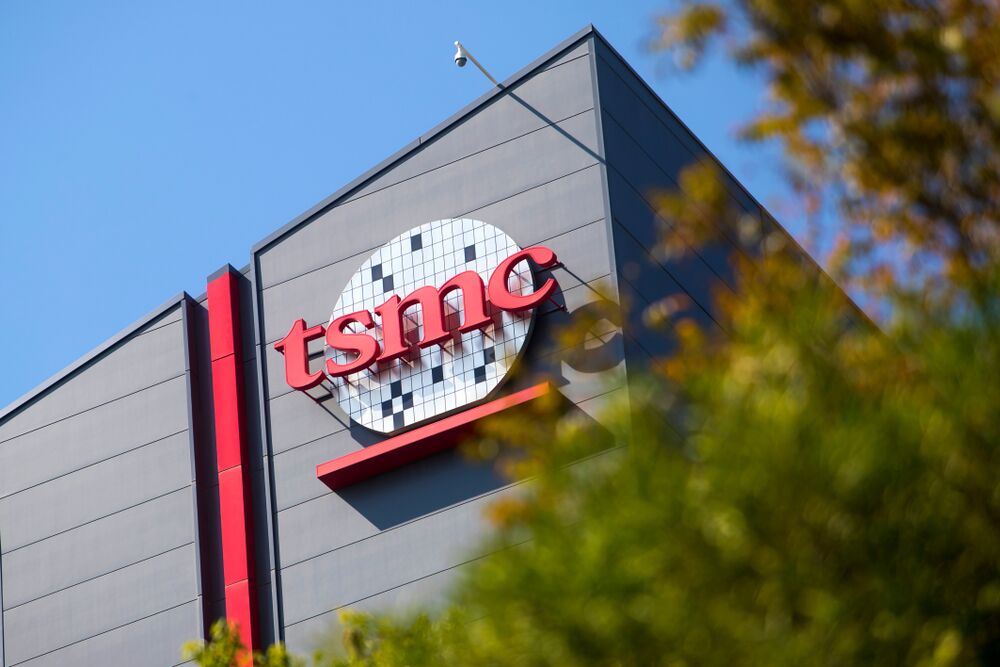November 18, 2024 /SemiMedia/ — NXP Semiconductors N.V. has unveiled its new, industry-first wireless battery management system (BMS) solution with Ultra-Wideband (UWB) capabilities from one of the industry’s broadest UWB portfolios. The new UWB BMS solution marks the next step in overcoming development challenges including costly and complex manufacturing processes, accelerating the adoption of electric vehicles (EVs).
Wireless communication within battery packs enables robust and reliable transfer of battery cell information such as voltage and temperature measurements from one module to the battery management unit without the need for wiring. It helps to ensure optimal performance and prevent conditions that lead to premature failure or safety hazards.
NXP’s UWB wireless BMS technology decouples mechanical and electrical development, offering EV manufacturers increased flexibility, faster time to market and reduced development costs – while maintaining full scalability of the system across different platforms.
Leveraging wireless solutions minimizes the use of complex wiring harnesses in the battery pack, and reduces the need for error-prone manual effort during production, which makes the assembly of EVs more efficient and reduces overall lifecycle costs. The elimination of connectors and wiring between battery cells allows for increased energy density, which is a key parameter in EV design and performance to enable longer range.
"Our wireless battery management system solution is the industry’s first to include UWB technology, offering EV manufacturers the most advanced technology to power tomorrow’s electric vehicles. Trimension UWB delivers simple, safe, and robust wireless communication within the BMS, outperforming existing narrow-band based solutions. We are proud to work with our customers to make the wireless promise reality," said Naomi Smit, GM & VP Battery Management Systems at NXP.
Realizing wireless technology within the reflective enclosure of a battery pack is challenging. UWB uses high bandwidth pulses instead of a modulated carrier frequency (sinusoidal signal) as used in 2.4 GHz narrow-band, such as Bluetooth® Low Energy (BLE) based technologies. This provides higher resistance to reflections and frequency selective fading for more robust and reliable data transfer.
NXP’s Ultra-Wideband wireless battery management system solution is available for OEMs to start evaluation and development in Q2 2025.
The solution is part of NXP’s FlexCom chipset which supports wired and wireless technologies, providing OEMs and Tier-1-suppliers with greater flexibility in vehicle architecture and technology choices. Its common software architecture and safety libraries for both BMS configurations enables them to reuse software across different platforms, further reducing development efforts.
For more information, please visit nxp.com/electrification.












All Comments (0)